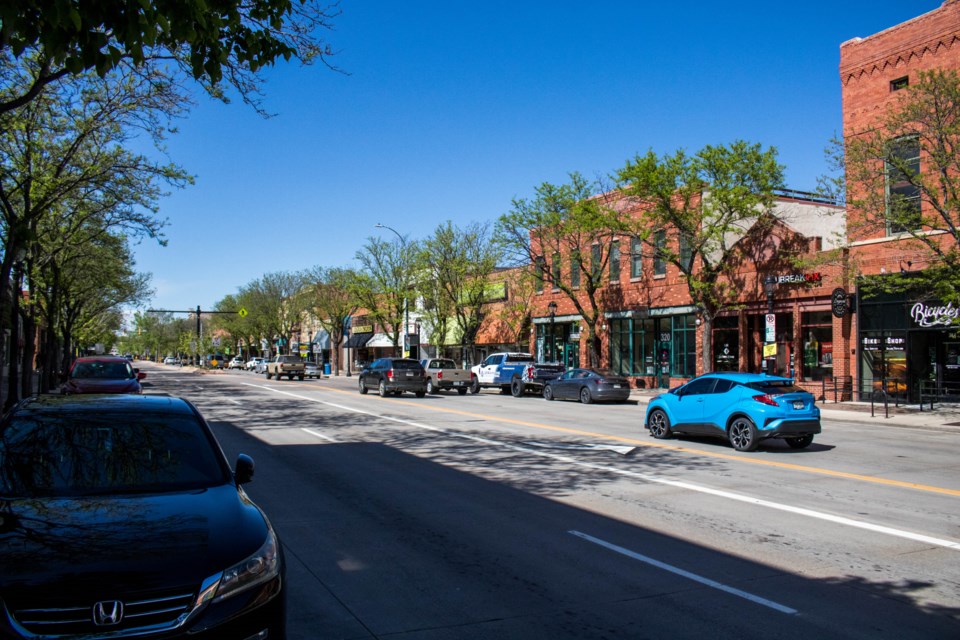Longmont residents are being asked to help shape the future of U.S. 287, which could include adding bus rapid transit, or BRT, along the corridor.
A virtual public meeting from 5:30 to 6:30 p.m. Thursday will be the first of many to consider implementing BRT along the stretch of U.S. 287 from Broomfield to Colo. 66 north of Longmont, said Jeff Butts, Boulder County multimodal transportation planner.
U.S 287 is key to Longmont since the highway attracts as many as 27,600 vehicles a day during peak hours, Butts said. The highway also cuts through downtown Longmont and is important to the city’s commercial development, he said.
“We are really asking people to tell us what they want the corridor to look like in five, 10, 20 years from now,” Butts said.
BRT is seen as a way to tackle growing congestion and travel demands in the area, according to a Boulder County fact sheet on U.S. 287.
In 2014, the Northwest Area Mobility Study, or NAMS, identified U.S. 287 as a strong candidate for implementing BRT and found the highway had the highest projected ridership among the corridors the study analyzed, according to the fact sheet.
“Since NAMS, the area around 287 has experienced continued population and employment growth, further increasing travel demand,” according to Boulder County.
Planners will use the study to recommend transit routes and infrastructure to improve travel speed and reliability on U.S. 287, Butts said.
The study also will identify potential funding sources to help implement BRT on U.S. 287, according to Boulder County.
Several entities are involved in the BRT feasibility study including Longmont, the city and county of Broomfield, the cities of Erie and Lafayette, the Regional Transportation District and the Colorado Department of Transportation.



